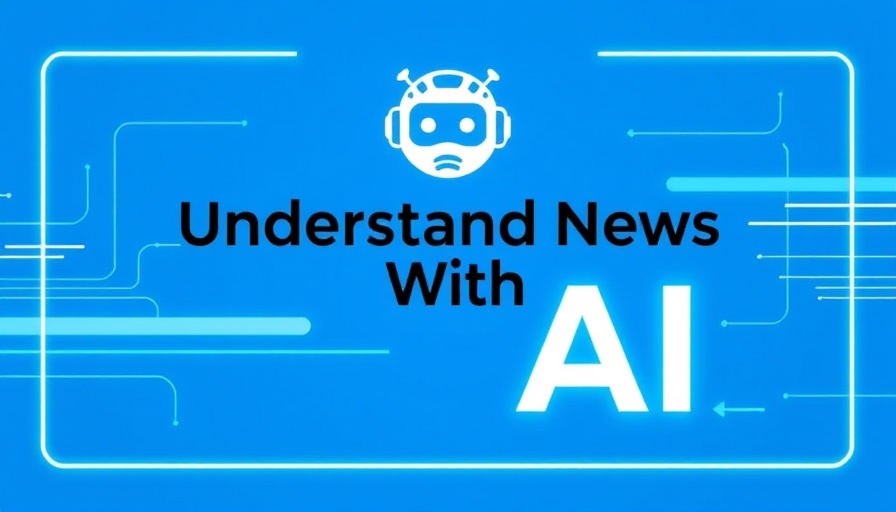
James Cameron Embraces AI: A Bold Move for Film Production
James Cameron, renowned director of epic films such as Avatar and Terminator, is making headlines again—not just for his cinematic prowess but for his shift in stance toward artificial intelligence. Recently, he joined the board of Stability AI, a generative AI company, showcasing a willingness to embrace emerging technologies in filmmaking. In a recent podcast appearance, he emphasized how AI could revolutionize the visual effects (VFX) workflow, potentially reducing production costs significantly without displacing workers. This progressive perspective comes at a time when many in the industry fear that AI might lead to widespread job losses, sparking concerns about 'layoffs' and 'job cuts' in creative sectors.
The Rising Concern Over AI Job Cuts
While Cameron sees AI as a tool to enhance creativity, the broader industry faces a pressing dilemma. The fear of AI job cuts and job losses looms large. Designers, technicians, and VFX artists are among those who frequently voice concerns over technology replacing their roles. A report from the Writers Guild of America highlights that over 1,300 writing jobs were lost in the past season alone, leaving many to wonder if this trend will extend to other fields within the creative sector.
A New Era of Creative Collaboration
Cameron’s belief is that AI can significantly lessen the burden of tedious tasks that often slow down the creative process without entirely replacing the human component of filmmaking. He hopes to “lean into” these technologies to help filmmakers like himself continue delivering the spectacular, effects-heavy movies audiences crave—while fostering job stability in the industry.
A Balancing Act Between Innovation and Employment
As Hollywood grapples with how to best utilize AI, Cameron’s approach emphasizes balance. He argues that by automating mundane aspects of VFX, creators can focus more on storytelling and artistic vision. This concept of integration could mark a pivotal moment for the film industry, transforming how stories are told while ensuring that those behind the scenes continue to thrive. Instead of facing the specter of job loss, AI can be seen as a companion, assisting artists rather than replacing them.
Community Response: The Spectrum of Opinions
The local film-making community is divided on the use of AI in production pipelines. An array of responses ranges from excitement about the potential savings on future projects to fears about automation eroding the job security of many local filmmakers and creatives. Festivals showcasing local talent have seen discussions on whether AI-driven tools will create a more conducive environment for artists or if it stands to marginalize their voice in the industry.
Some filmmakers express optimism, believing that AI could streamline processes, allowing for more independent filmmaking to flourish without the budget constraints traditionally associated with big productions.
Future Trends: What to Expect
The film industry is known for its adaptability, and it will be interesting to see how AI fundamentally changes content creation. The potential to reduce costs without sacrificing quality could usher in a new era. Independent creators may find avenues for innovation that were once out of reach, enhancing opportunities for filmmakers in regions like the Great Lakes, where local film scenes strive against financial limitations. As AI aligns with creativity, a paradigm shift may occur where new films can emerge with robust narratives and stunning visuals, promising richer experiences for audiences.
Conclusion: Navigating Change Together
In a rapidly evolving landscape, it is vital for the filmmaking community to approach AI advancements with a balanced mindset. James Cameron’s proactive approach serves as a leading example for filmmakers everywhere. Embracing technology while valuing human creativity and input can ensure that everyone in the industry can enjoy the benefits of innovation without feeling threatened by it.
So, whether you’re a fan of high-budget epics or a devoted supporter of independent films, acknowledging the transformative role of AI may become essential as we collectively navigate this intriguing chapter of cinematic history. Together, let’s inspire and engage in conversations about how these innovations can further enrich storytelling. Stay tuned for more updates on how AI might change the world of filmmaking for years to come!
 Add Row
Add Row  Add
Add 




Write A Comment